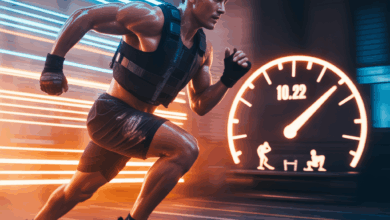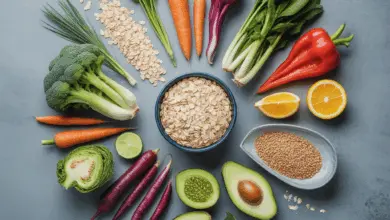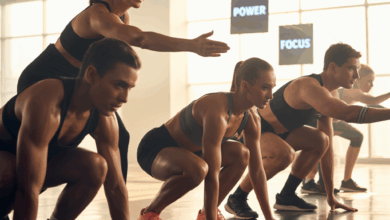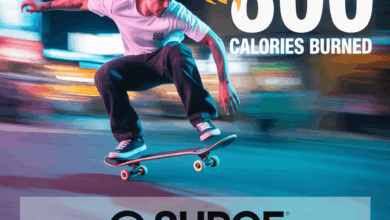What Muscles Does Cycling Tone — The Complete Guide to Riding for Strength
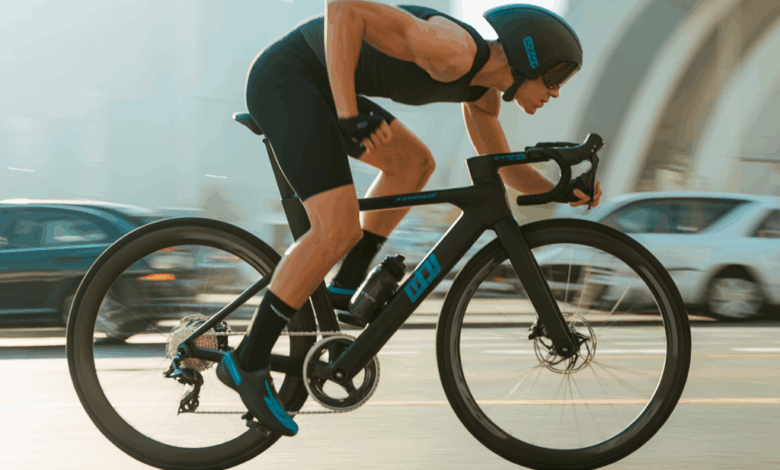
Ever climbed off your bike and noticed your legs felt firmer, or stared at a pair of jeans and wondered if your weekend rides were sculpting your body? If you’ve asked yourself “what muscles does cycling tone” after a spin class or commute, you’re not alone. Cycling is one of the most accessible and effective low-impact ways to shape your body, burn fat, and build endurance — but which muscles actually benefit the most?
Quick overview: Why cycling is great for toning
Cycling combines cardiovascular fitness with muscular endurance. Whether you’re road cycling, mountain biking, using a stationary bike, or joining a high-intensity indoor spin class, the pedaling motion targets specific muscle groups while also improving metabolic health. It’s a powerful blend of fat-burning cardio and targeted resistance training when you add hills, sprints, or higher gears.
What muscles does cycling tone?
Here’s a breakdown of the main muscle groups that get worked during cycling and how they contribute to a toned, functional body.
1. Quadriceps (front of the thigh)
Quadriceps do a lot of the pushing during the downstroke. Longer rides and seated pedaling build endurance and definition in the quads, while hill climbs and higher resistance promote muscular strength and tone.
2. Hamstrings (back of the thigh)
Hamstrings assist with the upstroke and stabilizing the knee. Efficient pedaling technique and single-leg drills can increase hamstring activation and balance the front-to-back thigh strength.
3. Glutes (buttocks)
The gluteus maximus is a primary driver during powerful pedal strokes and standing climbs. Regular cycling — especially out-of-the-saddle efforts and hill repeats — tones and firms the glutes.
4. Calves (gastrocnemius and soleus)
Calves contribute to the final part of the pedal stroke. While not as bulked as a weightlifter’s calves, cyclists develop lean, defined lower legs, especially with high-cadence training and sprinting.
5. Hip flexors and adductors
Hip flexors lift the knee during the upstroke, and the inner thigh muscles (adductors) help stabilize the leg. Tight hip flexors are common in desk workers; cycling uses and strengthens them in a functional way.
6. Core (abdominals and lower back)
A strong core supports balance and power transfer on the bike. While cycling doesn’t replace targeted core training, sustained rides and technical terrain engage the abs and obliques for posture and stability.
7. Upper body and shoulders
Compared to lower-body muscles, the upper body gets less work, but the forearms, shoulders, and upper back are engaged for steering, climbing, and maintaining posture—especially in mountain biking or aggressive road positioning.
How cycling compares to other activities for toning
Cycling is lower-impact than running but more targeted than general cardio like walking. It provides better muscle endurance and leg definition than many steady-state exercises, while weight training is still superior for hypertrophy. The best results come from combining cycling with resistance work and mobility routines.
Practical tips to maximize toning benefits
- Mix intensities: Combine long steady rides with interval sessions (HIIT) and hill repeats to recruit different muscle fibers and boost calorie burn.
- Use resistance wisely: Increase gear resistance or ride standing to add load to the glutes and quads without needing heavy weights.
- Work on cadence: Train at varied cadences (low cadence high resistance, and high cadence low resistance) to develop both strength and muscular endurance.
- Include single-leg drills: Pedal one leg at a time for 30–60 seconds to fix imbalances and engage hamstrings and hip flexors more.
- Bike fit matters: Proper saddle height and position ensure the right muscles are targeted and reduce injury risk.
Workout variations to try this week
Beginner: 30-minute easy ride with cadence work
Warm up 5 minutes, alternate 2 minutes at 90+ RPM with 3 minutes at comfortable cadence for 20 minutes, cool down 5 minutes. Great for building pedaling efficiency and light toning.
Intermediate: Hill repeats (outdoors or on trainer)
Warm up 10 minutes. Find a 2–5 minute climb or set trainer resistance. Do 5–8 repeats at a hard effort with 3–4 minutes easy between repeats. This targets glutes and quads for stronger, firmer legs.
Advanced: Spin/HIIT session
Warm up 10 minutes. 10 rounds of 30 seconds all-out sprint, 90 seconds easy. Finish with 10 minutes steady. Excellent for calorie burn, leg definition, and cardiovascular gains.
Complementary exercises and lifestyle advice
Cycling tones most lower-body muscles but pairing rides with functional strength training accelerates results:
- Strength lifts: squats, deadlifts, lunges, and hip thrusts for extra glute and quad development.
- Core work: planks, Russian twists, and bird-dogs to improve power transfer on the bike.
- Mobility: foam rolling and hip flexor stretches to maintain flexibility and prevent tightness.
- Recovery: prioritize sleep, hydration, and protein-rich meals for muscle repair—see our nutrition guides for recovery meal ideas.
Also consider cross-training with running, swimming, or weight sessions from our workout routines page to prevent plateaus and build balanced strength.
Real-world examples that show results
Sarah, a busy mom, added three 40-minute mixed-intensity rides per week and two 20-minute home strength sessions. Within 12 weeks she reported firmer thighs and stronger hill-climbing on weekend rides. Marcus swapped his daily car commute for a 20-minute bike ride and a weekly long ride; he lost body fat and developed more defined calves and glutes in three months. Small, consistent changes add up.
Frequently Asked Questions
Q: Can cycling tone my stomach or abs?
A: Cycling engages the core for posture and stability but isn’t the most effective for spot-reducing belly fat. Combine cycling with core strengthening exercises and a calorie-controlled diet to reveal abdominal definition.
Q: Will cycling build big muscles or make me bulky?
A: Cycling generally builds lean muscle and endurance rather than bulky hypertrophy. If you want more size, add targeted resistance training. Most cyclists achieve toned, athletic legs rather than large, bulky muscles.
Q: How often should I cycle to notice toning results?
A: With consistent riding (3–4 times per week) and varied intensity, most people notice changes in strength and muscle tone in 6–12 weeks. Pair rides with proper nutrition and recovery for faster results.
Conclusion — Ready to tone up on the bike?
So, what muscles does cycling tone? Primarily the quads, hamstrings, glutes, calves, hip flexors, and core — with the upper body getting functional support work. With purposeful training (intervals, hills, cadence work) and complementary strength routines, cycling can sculpt strong, lean legs and a resilient body. Start small, stay consistent, and track progress.
Want a structured plan? Check our workout routines and combine them with smart eating from the nutrition guides. For lifestyle tips on recovery and habit building, browse our wellness tips page. Ready to ride? Grab your helmet, set a goal, and pedal toward the toned, stronger body you want.
Call to action: If you found this helpful, try a week of mixed rides (endurance + one HIIT session) and note how your legs and core feel. Share your progress or questions below — I’d love to help you craft a plan that fits your schedule and goals.

